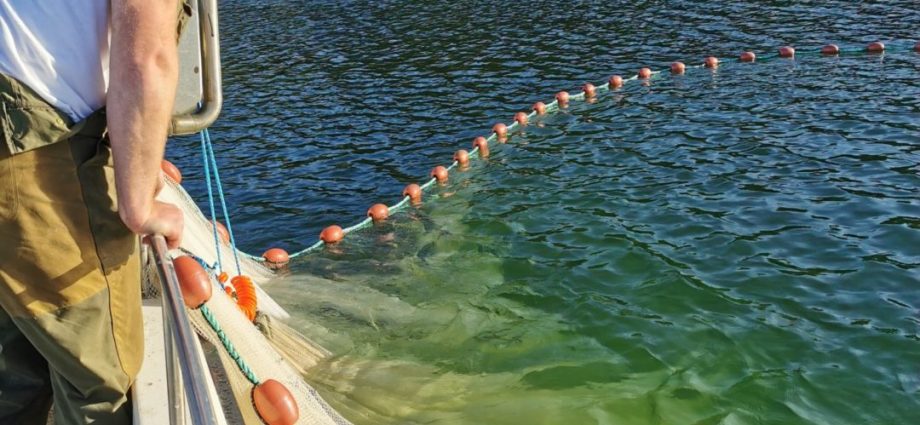Sticklebacks are a family of fish consisting of several genera with up to 18 species. These are small fish, characterized by a peculiar structure and lifestyle. They may differ in morphological features from each other, but all have spines in front of the dorsal fin. They use these spines for self-defense. In addition, some sticklebacks have spikes on the side of the abdomen, as well as bone plates, etc. abdominal shield. Distinguish marine, freshwater and stickleback living in brackish waters. Fish differ not only in habitat and appearance, but also in behavior. Freshwater prefer a schooling lifestyle, and in the sea, sticklebacks gather in large groups only during the breeding season. The size of most species ranges from 7-12 cm. Marine species can reach 20 cm. Due to their size, stickleback is difficult to classify as a “trophy fish”. Despite this, it is voracious and is considered an active predator. Ichthyologists say that the stickleback is aggressive and often gets into fights with neighbors in their normal existence, not to mention the breeding season. Hunts from ambush. Different species of stickleback are common in many regions and can become by-catch in all seasons. In the European part of Russia, 4-5 species are distinguished. In Kronstadt, a sculptural composition was erected – “a monument to the besieged stickleback”, which saved thousands of lives in besieged Leningrad.
Methods for catching stickleback
Stickleback can be caught on various tackles, even on small live bait. Specially to catch it, as a rule, anglers – lovers avoid. The reason is not only the size, but also the spines of some species, which can cause painful cuts. For the same reason, stickleback is rarely used as live bait or cutting. Nevertheless, in case of accumulation of fish in the fishing area, it can be successfully caught both with winter and summer gear. Young anglers get a special joy from catching stickleback. Gluttony makes this fish rush even on a bare hook. No less “interesting” fishing can happen during the “lack of bite”, on a winter pond, when catching other fish. In winter, stickleback is “harvested” for various gear, both bottom, and nodding and jigging. In summer, fish are caught using traditional float and bottom tackle.
Baits
In summer and winter, fish are caught on animal baits, including fry. Depending on the region and the reservoir, there may be their own characteristics. But given the greed and activity of this fish, you can always find bait for the nozzle. Sometimes you can even use improvised means – a piece of foil and so on.
Places of fishing and habitat
Ichthyologists consider the stickleback to be a rapidly spreading species. In case of favorable conditions, it can actively expand its habitat. Some scientists argue that only voracity is holding back the mass distribution of this fish: they often eat juveniles of their own species. Various types of stickleback are common in the basins of almost all the seas of Russia, but in Siberia and the Far East, fish, for the most part, adhere to marine and brackish waters. In addition, the stickleback lives in large Siberian rivers and can spread up to the middle reaches. The sea stickleback lives in the coastal zone, does not form large concentrations. Freshwater species are common, except for rivers, in lakes and reservoirs, where they keep in large flocks.
Spawning
Separately, it is worth dwelling on the stickleback, as a species, due to reproduction. In addition to the fact that fish protect offspring, they build real nests from aquatic vegetation, which are rounded structures with space inside. The male builds and guards the nest, at this time he cannot eat due to physiological changes in the food system. The female lays several dozen eggs. Juveniles, in the process of development, stay inside this dwelling for quite a long time (about a month). Before spawning, males change color, different species in different ways, but it becomes brighter.










